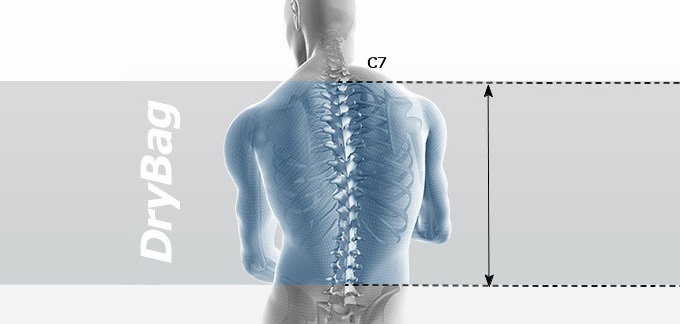Size / Capacity
Backpacks’ volume is measured in liters, determining how much you can pack into it. But, of course, fully packed backpack can become several litres more (the walls ate quite soft and let the space widen a bit). Due to adjustable suspension system, backpacks may allow several volume options.
10-20L are ok for everyday use, going out for a weekend may require 20-30L, longer travellings fconsider 30-50L and above.
A small table, which shows approximate correspondance of the number of days to capacity of a backpack:
- 1-2 nights - 20-50L
- 2-3 nights - 50-60L
- 2-5 nights - 60-80L
- 5+ nights - 80L+
Don't go too big with your backpack. Remember, the more a rucksack is - the more you'd like to put there!
Compartments and Pockets
Internal and external compartments save much space and help to organise all stuff. External pockets are mostly meant for easy access to small and most necessary things: water bottles, keys, first aid things, snacks, etc. Partitions inside of the sack can divide the backpack vertically (in small rucksacks) and horizontally (in the bigger ones). The sack can be equipped with various pockets inside and outside.
Comfort
The first thing to consider is making sure the backpack is well padded and has comfortable shoulder straps. Sternum (chest) straps will prevent the rucksack from dangling and the shoulder straps from falling off the shoulders, especially while fast moving. Hip Straps will take at least 40% of load off your shoulders and back, so it's a good option to consider if you worry about your back.
Security
Thickness of the backpack is the first thing to consider about security. Thick walls are difficult to cut and tear. If you worry about keeping your things dry, choose a water-resistant or waterproof rucksacks.
If you are worried about safety of your belongings, you can purchase locks for the zippers.
Fitting to your Torso
Nothing is more important than choosing a pack according to your torso length. The shoulder straps should curve over your shoulder a couple inches before joining the rucksack below the C7 vertebra (where the neck meets the shoulders). The lower buckles of the shoulder harness should be several inches below your arm pit and still have a few inches of webbing to allow for adjustment. A correctly fitted "loaded" rucksack will hug your back, moving easily with you.
